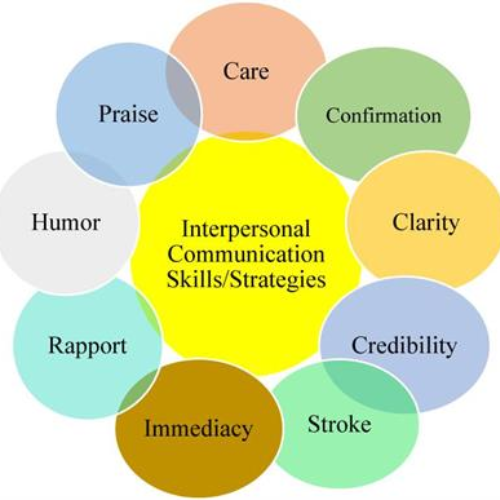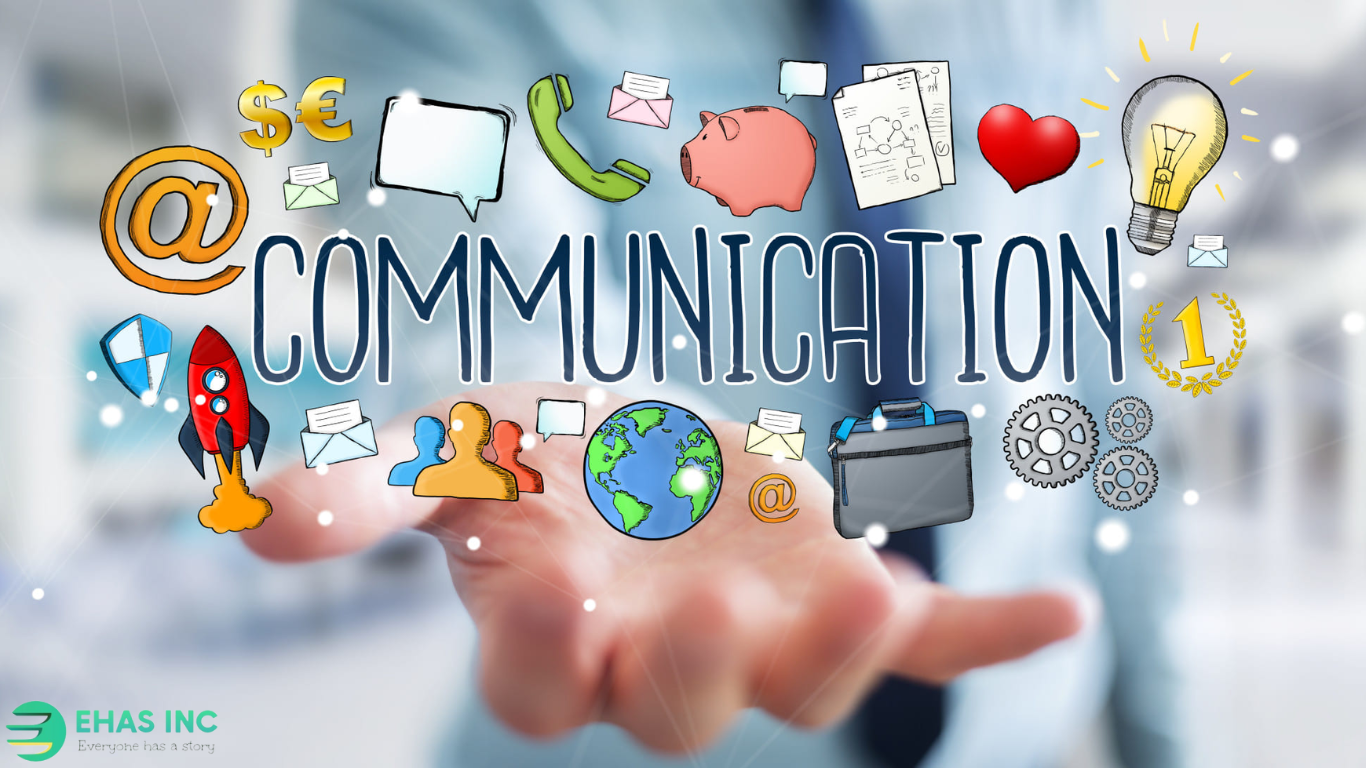
Welcome to the Communication Strategies workshop!
In our daily lives, we are constantly engaged in communication. From the words we share in a boardroom presentation to the moments of connection with our loved ones and even the unspoken messages we convey to our furry friends, every interaction holds significance.
This course is designed to empower participants with insights into diverse communication methods and provide tools to maximize their effectiveness. Get ready to enhance your communication skills!
"Exploring the Essence of Effective Communication"
During our session, we delved into the concept of communication and explored various methods for effective expression. We came to understand that communication can be defined as "the sharing or exchange of thoughts, viewpoints, or information through spoken language, written words, or non-verbal cues." Moreover, we identified three primary modes of communication: verbal, non-verbal, and written. In addition to these, we acknowledged the significance of environmental factors in the communication process, including the method of exchange, message volume, and the intended audience.
To illustrate these principles, we delved into a practical scenario involving Boris and Ling, who were collaborating on a crucial presentation. With Ling's guidance, Boris gained a deeper understanding of these three communication methods, equipping him with the confidence to prepare for the upcoming event. We also pondered upon the wisdom encapsulated in George Bernard Shaw's quote: "The single biggest problem in communication is the illusion that it has taken place." This quote serves as a poignant reminder of the paramount importance of effective communication.

Program communication Strategy
A well-crafted program communication strategy serves as the backbone of any successful initiative. The roadmap guides the dissemination of vital information, ensuring that all stakeholders are informed, engaged, and aligned with the program's objectives. This strategy encompasses various channels to reach a diverse audience, from traditional meetings and reports to modern digital platforms and social media. It communicates the program's goals and progress and fosters a sense of community and collaboration among participants. Furthermore, a robust program communication strategy adapts to changing circumstances, providing the flexibility needed to address challenges and capitalize on opportunities, ultimately leading the program toward its intended outcomes.

Understanding Communication Barriers
At first glance, communication appears deceptively simple. We speak, and others listen. We receive an email, and we read it. TV hosts like Jimmy Fallon entertain us with their shows. Yet, as with many aspects of life, communication is a nuanced and intricate process. In reality, it is far more complex than it appears. In this exploration, we will delve into some of the prevalent communication barriers and discover strategies to mitigate their influence, shedding light on the intricacies of effective interaction.

Interpersonal Communication
"Mastering Interpersonal Communication: Building Strong Connections" is a transformative journey that equips individuals with the essential skills to foster meaningful relationships and connections in both personal and professional spheres. In this comprehensive course, participants will delve into the intricacies of effective communication, exploring the power of words, non-verbal cues, and written messages. By understanding the nuances of interpersonal dynamics, they will gain the ability to navigate conflicts, build trust, and positively impact those around them. With a focus on practical scenarios and real-life applications, this course empowers individuals to break through the illusion of communication and genuinely connect with others, echoing the wisdom of George Bernard Shaw, who once said, "The single biggest problem in communication is the illusion that it has taken place." Join us on this enlightening journey towards becoming a master of interpersonal communication and watch your relationships flourish.
Communication strategies Curriculum
- Pre-test (9:06)
- Module One: Getting Started (1:11)
- Module Two: The Big Picture (13:11)
- Module Three: Understanding Communication Barriers (15:34)
- Module Four: Paraverbal Communication Skills (11:40)
- Module Five: Non-Verbal Communication (12:26)
- Module Six: Speaking Like a STAR (13:56)
- Module Seven: Listening Skills (17:24)
- Module Eight: Asking Good Questions (14:43)
- Module Nine: Appreciative Inquiry (12:55)
- Module Ten: Mastering the Art of Conversation (17:37)
- Module Eleven: Advanced Communication Skills (14:23)
- Module Twelve: In closing (12:30)
- Section summary
The Power of Pitch
Pitch, in its simplest form, can be described as the tone of your voice. A higher pitch is often associated with feelings of anxiety or distress, while a lower pitch conveys a sense of seriousness and authority. It's crucial to recognize that people readily pick up on the pitch of your voice and may react accordingly. Moreover, maintaining variation in your pitch is essential to keep your audience engaged and interested. If you naturally speak with a consistently high or low pitch, it's beneficial to practice modulating your pitch to encompass the full range of your vocal cords. One effective technique for this is to keep your throat relaxed while speaking. However, it's essential to remain mindful of your body during this process to avoid any potential strain or damage to your vocal cords.

Featured Courses
Showcase other available courses, bundles, and coaching products you’re selling with the Featured Products block to provide alternatives to visitors who may not be interested in this specific product.






